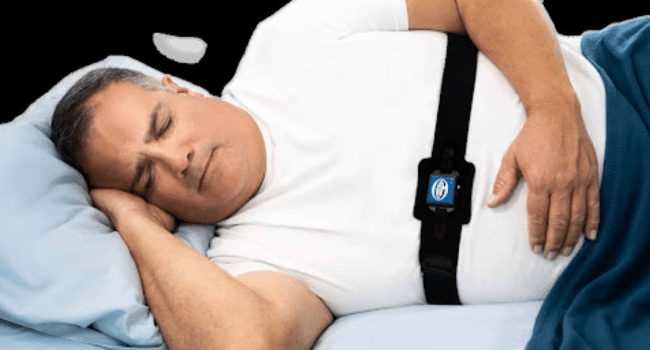Table of Contents
In recent years, the treatment of obstructive sleep apnea (OSA) has evolved towards personalized approaches, tailored to patient needs and considering severity, preferences, and anatomical factors. Options include lifestyle changes, CPAP machines, oral appliances, and surgery.
In addition to these established treatments, new technologies to treat sleep apnea are also emerging, promising further advancements in personalized care and improved patient outcomes.
1. Lifestyle Modifications: Promoting Better Sleep Patterns
Lifestyle modifications are key in managing obstructive sleep apnea (OSA). Strategies include weight loss through diet and exercise to reduce throat tissue, avoiding alcohol and sedatives, quitting smoking, establishing a regular sleep schedule, and sleeping on one’s side. These changes, combined with treatments, improve OSA severity and sleep quality.
2. CPAP Therapy: Continuous Positive Airway Pressure Solutions
CPAP therapy effectively treats moderate to severe OSA by delivering continuous air pressure through a mask, preventing airway collapse during sleep. Customized to each patient, it improves alertness, reduces snoring, and lowers risks of hypertension and heart disease, despite initial adherence challenges.
3. Oral Appliances: Customized Devices for Airway Support
Oral appliances are another treatment option for OSA, particularly for patients with mild to moderate sleep apnea or who cannot tolerate CPAP therapy. These devices are custom-made by a dentist or orthodontist to reposition the lower jaw and tongue to keep the airway open during sleep. Oral appliances are comfortable, portable, and easy to use, making them a preferred alternative for some patients. Regular follow-up visits ensure the appliance fits properly and effectively treats OSA symptoms, improving sleep quality and reducing the risk of complications associated with untreated sleep apnea.
4. Surgical Interventions: Correcting Anatomical Issues
Surgical interventions may be recommended for patients with severe OSA who do not respond to other treatments or have specific anatomical issues contributing to airway obstruction. Common procedures include uvulopalatopharyngoplasty (UPPP), which removes excess tissue from the throat, and septoplasty, which corrects a deviated septum obstructing nasal airflow. Other surgical options include maxillomandibular advancement (MMA), which moves the jaw forward to enlarge the airway, and hypoglossal nerve stimulation, which helps keep the airway open by stimulating the tongue muscles during sleep. Surgical interventions are tailored to the patient’s specific needs and anatomy, with the goal of improving breathing and reducing OSA symptoms.
5. Emerging Therapies: Innovative Approaches to OSA
Emerging therapies offer promising alternatives for OSA treatment, particularly for patients who do not respond to traditional therapies or find them uncomfortable. These include positional therapy devices that prevent sleeping on the back, upper airway stimulation devices that use mild electrical pulses to keep the airway open during sleep, and myofunctional therapy exercises that strengthen the muscles of the mouth and throat to reduce airway obstruction. Additionally, research continues into new medications and combination therapies that may further improve outcomes for OSA patients. Emerging therapies represent the evolving landscape of sleep apnea treatment, offering new hope for effective management of this common sleep disorder.
In conclusion, personalized treatment options for obstructive sleep apnea (OSA) offer tailored approaches to fit individual patient needs. By considering factors such as severity, patient preferences, and anatomical considerations, healthcare providers can effectively manage OSA, improving patient compliance, comfort, and overall quality of life.
Read more on KulFiy
Sleep Issues Understanding and Solutions
